Green turtles rescued from the brink of extinction
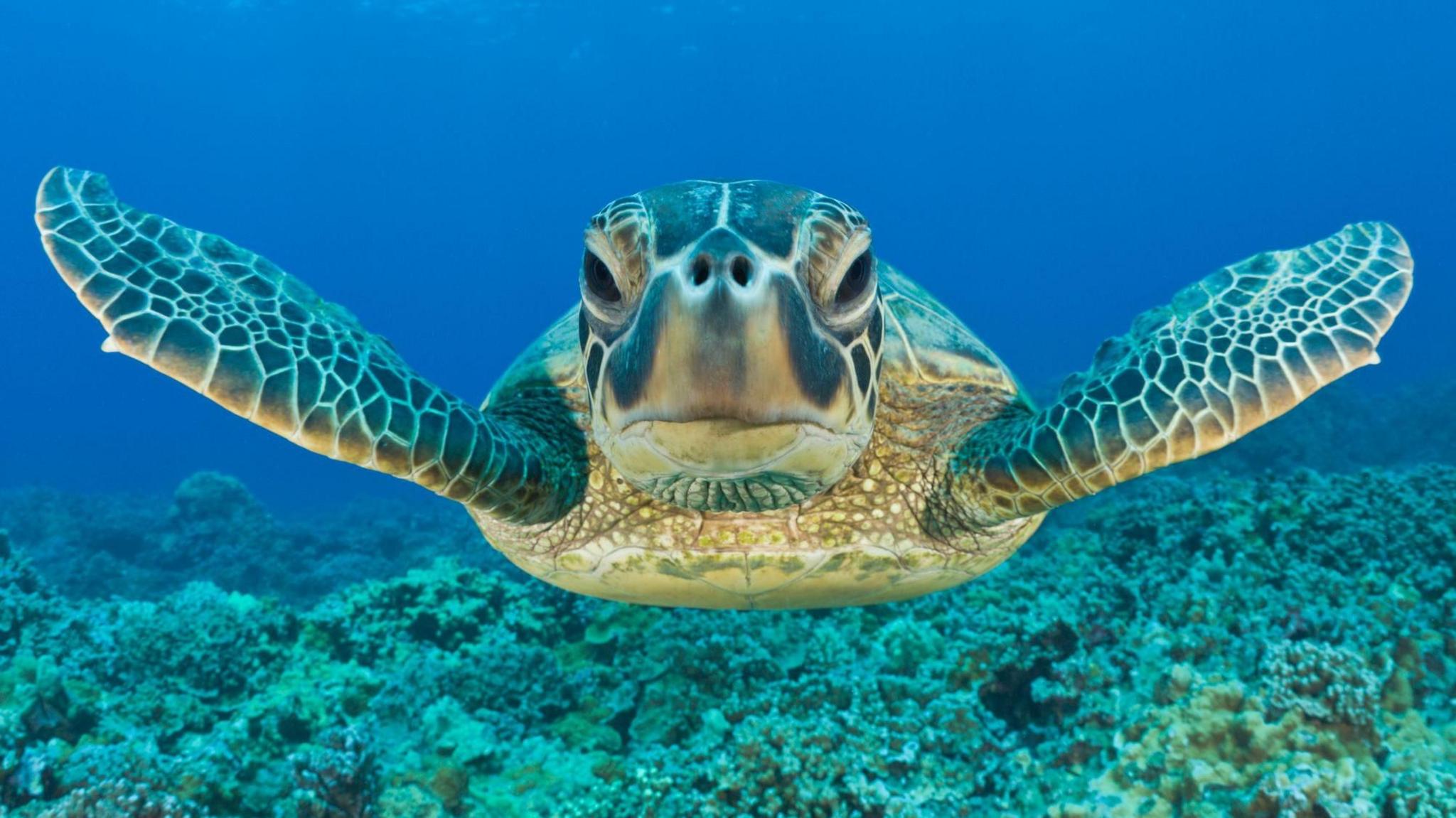
- Published
The green sea turtle, once in serious danger of disappearing, has been saved from the edge of extinction, in what scientists are calling a big win for conservation.
In the 1980s, there were so few left that they were added to the endangered species list – a global warning list for animals at high risk of extinction.
Now, after years of hard work from conservation groups, local communities, and scientists, green turtles are making a comeback.
New information shows their numbers have grown enough that they are no longer considered endangered but instead, are listed in the safest category on the list.
Dr Nicolas Pilcher from the Marine Research Foundation in Malaysia said: "It just tells this great story of how people across the planet can come together to turn things around and turn the negative trajectory of turtles into a positive one.
"And that is amazing. It really is."
Guide: What are endangered species?
- Published9 June 2022
Sea turtles 'bouncing back' after help around the world
- Published25 March
'She's iconic': Meet Myrtle the 95-year-old turtle
- Published10 April 2024
What helped green turtles recover?
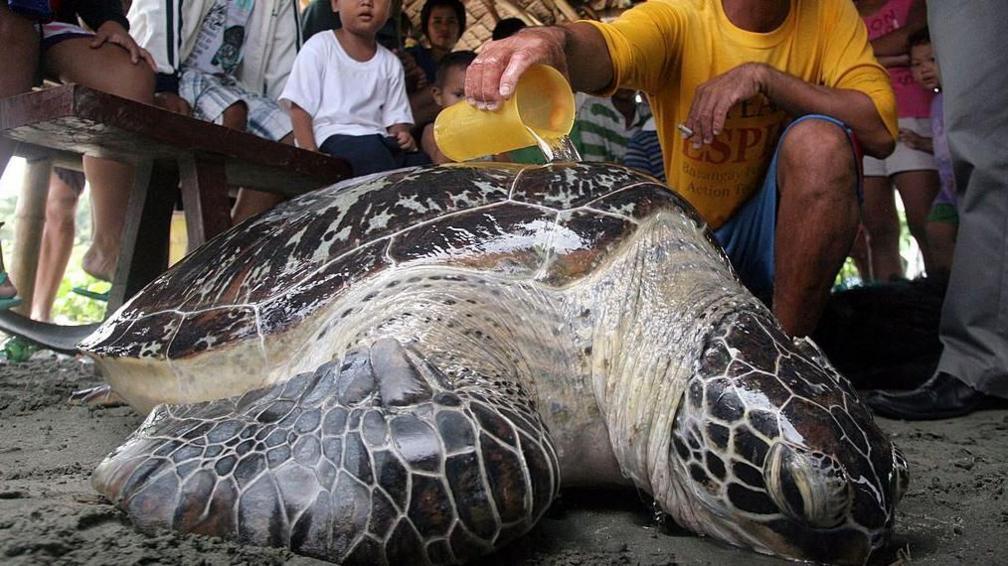
A green sea turtle tangled in a fishing net off Pangasinan in the Philippines was rescued by local fishermen, tagged by environment officials, and safely released back into the sea
Green turtles are one of the largest sea turtles. They get their name from the green colour of their body fat, which comes from eating lots of plants.
These large sea turtles were once hunted heavily for their meat, their eggs, and their shells.
But the success of their comeback didn't come from one single action, it took lots of small steps all working together.
In some places, people protected turtle nests on beaches.
In others, they taught local communities how to care for turtles instead of hunting them.
Can anything be learned from the success of green turtles?
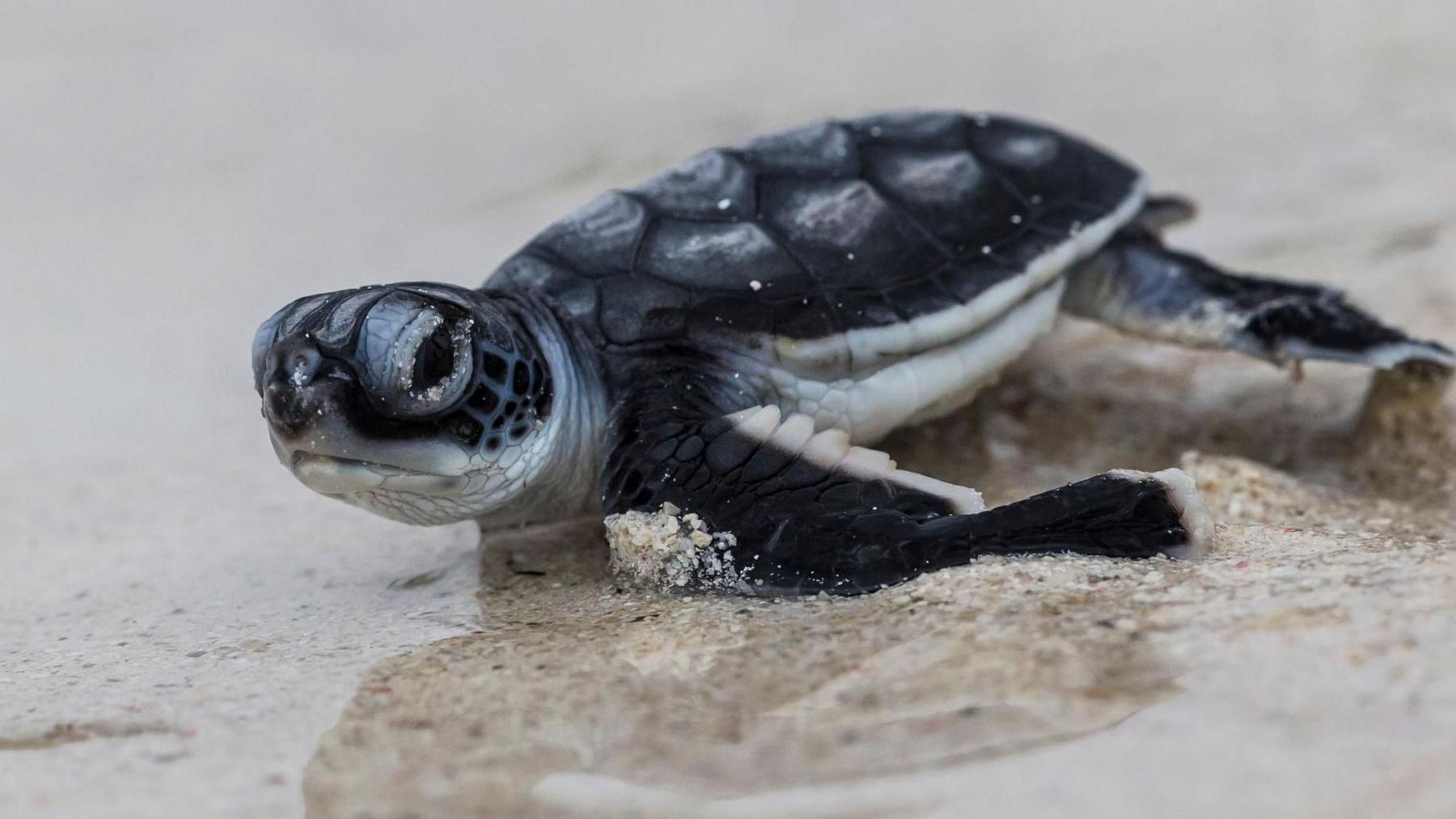
Green turtle hatchling heading for the ocean after emerging from a nest buried in sand
"You can't deny that green sea turtles have everything going for them. The little baby hatchlings are some of the cutest things on the planet," said Dr Pilcher.
But he also warned that not all animals are so lucky.
"We've got to be careful, though, because... there are other species that aren't faring anywhere near as well. "
And green turtles still face dangers from fishing, pollution, and climate change.
'It's not about just the pretty ones'
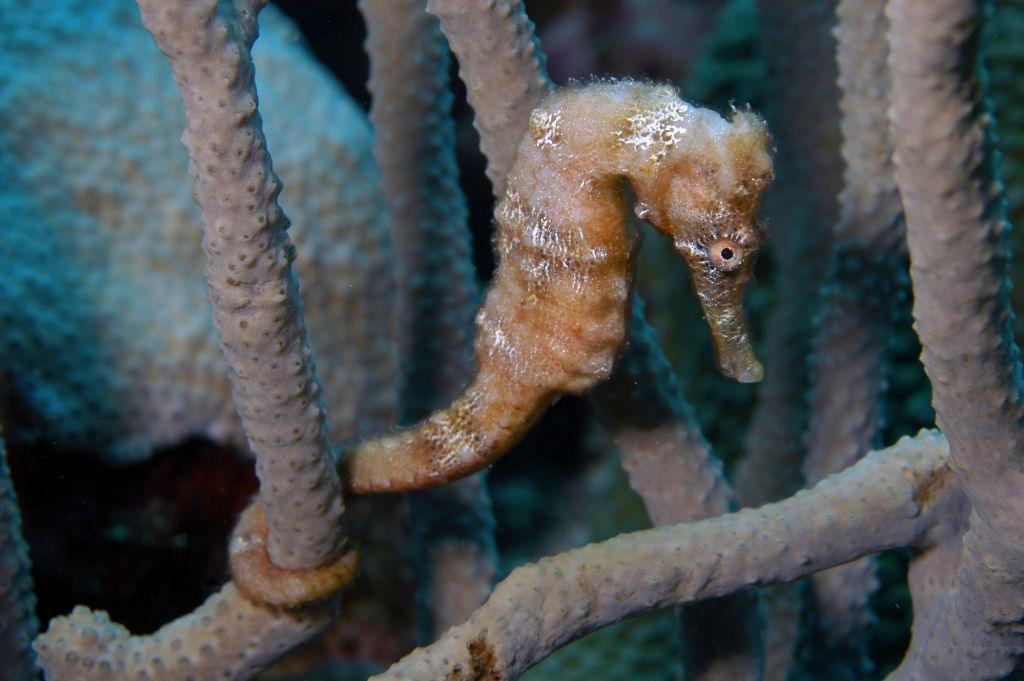
Dr Pilcher says turtles can help protect other, less well-known animals too.
For example, turtles eat plants in underwater seagrass beds.
Protecting turtles means protecting those habitats, which helps creatures like seahorses that live there.
"It's not about just the pretty ones… It's about understanding how an ecosystem works and all of the different building blocks to that ecosystem.
"And without all of those building blocks, that ecosystem falls apart."
Other species on the endangered list
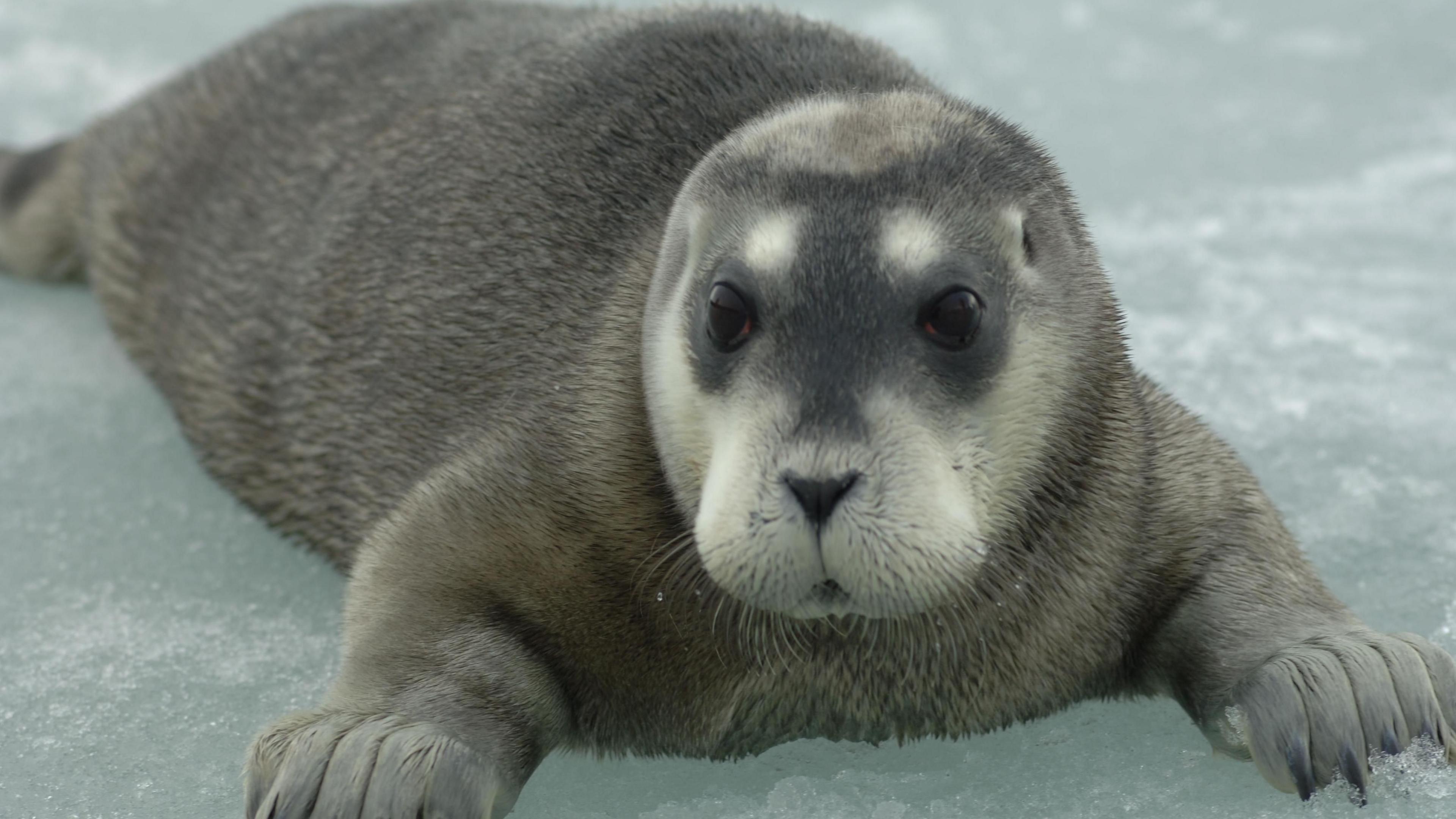
Bearded seals are now Near Threatened due to shrinking sea ice
The latest Red List of endangered species was revealed at the IUCN (International Union for the Conservation of Nature) world congress in Abu Dhabi.
The list now includes 172,620 species, of which 48,646 are threatened with extinction, including Arctic seals, which are now moving closer to extinction.
They also include hooded seals, which have moved from Vulnerable to Endangered list and the bearded and harp seals which are now Near Threatened due to shrinking sea ice.
